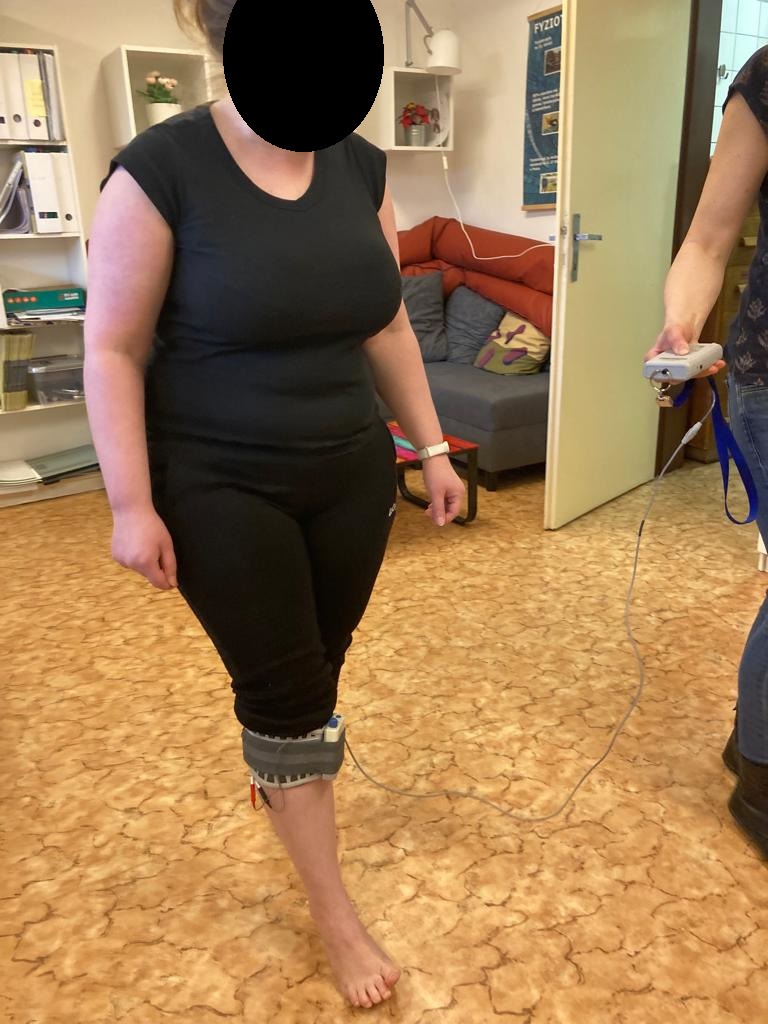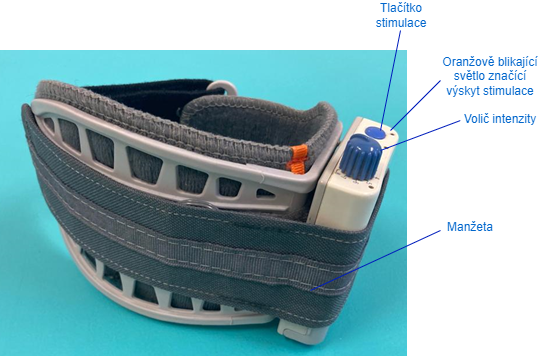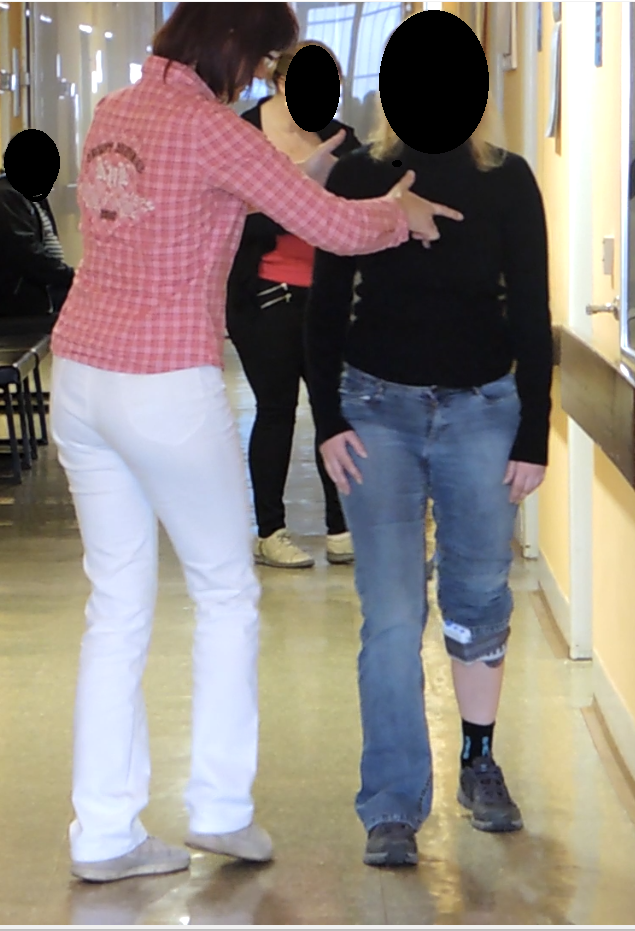Funkční elektrická stimulace (FES) se v léčbě syndromu padající špičky ukázala jako velmi slibná metoda, která byla pozitivně hodnocena v řadě studií. Tyto studie se zaměřovaly především na rychlost chůze a vzdálenost, nehodnotili například rovnováhu, která je klíčovým prvkem správné lokomoce (Barrett & Taylor, 2010).
Dále zahraniční poznatky naznačují, že kombinace FES a fyzioterapie může zvýšit účinnost terapie (Barrett et al., 2009; Esnouf et al., 2010).
BARRETT, Catherine and TAYLOR, Paul, 2010. The effects of the odstock drop foot stimulator on perceived quality of life for people with stroke and multiple sclerosis. Neuromodulation: Journal of the International Neuromodulation Society. January 2010. Vol. 13, no. 1, p. 58–64. DOI 10.1111/j.1525-1403.2009.00250.x.
BARRETT, Catherine. L., MANN, Geraldine. E., TAYLOR, Paul. N. and STRIKE, P.W., 2009. A randomized trial to investigate the effects of functional electrical stimulation and therapeutic exercise on walking performance for people with multiple sclerosis. Multiple Sclerosis (Houndmills, Basingstoke, England). April 2009. Vol. 15, no. 4, p. 493–504. DOI 10.1177/1352458508101320
ESNOUF, J. E., TAYLOR, P. N., MANN, G. E. and BARRETT, C. L., 2010. Impact on activities of daily living using a functional electrical stimulation device to improve dropped foot in people with multiple sclerosis, measured by the Canadian Occupational Performance Measure. Multiple Sclerosis (Houndmills, Basingstoke, England). September 2010. Vol. 16, no. 9, p. 1141–1147. DOI 10.1177/1352458510366013.
ŘASOVÁ, Kamila 2024. Neuroproprioceptivní „facilitace, inhibice". In: Neurorehabilitace. Praha: Nakladatelství Karolinum.



